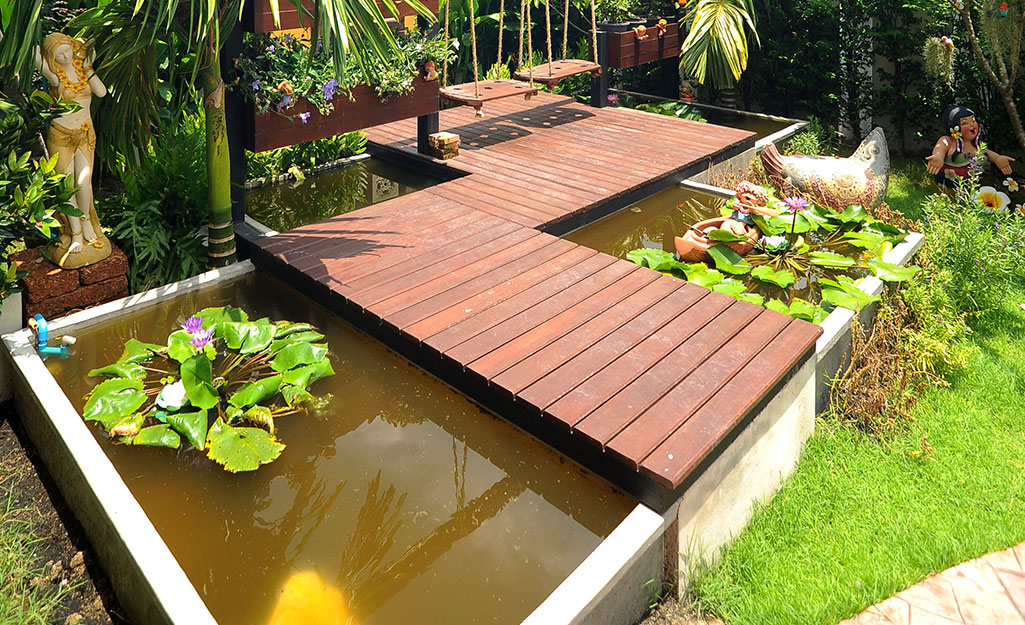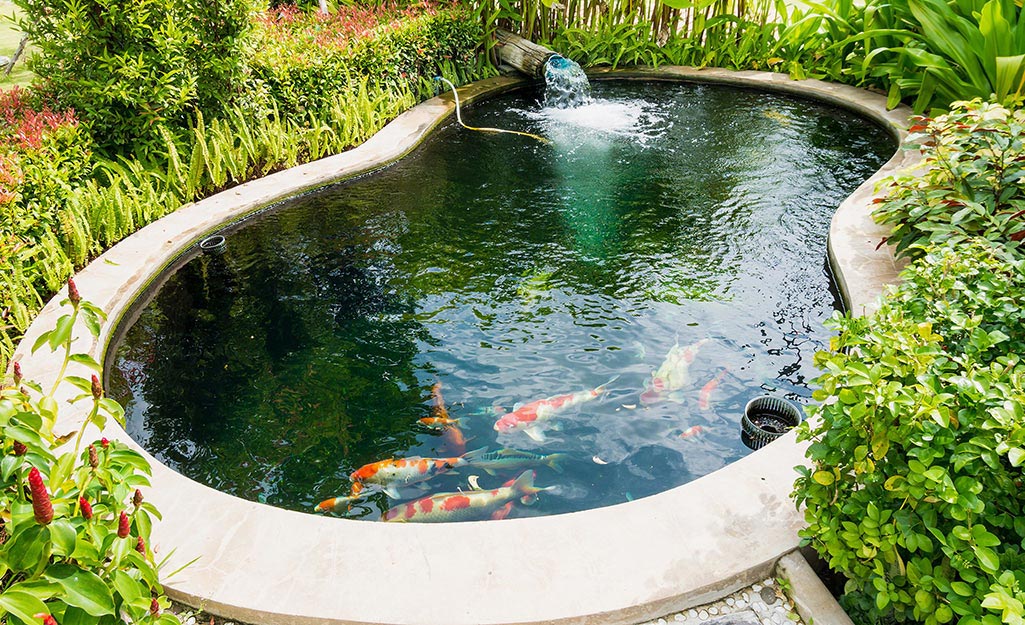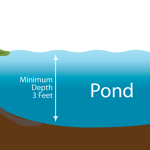Welcome to our comprehensive guide on building a fish pond in your backyard. Fish ponds can bring tranquility and beauty to your outdoor space while providing a safe and healthy environment for aquatic life. Follow these steps to create your own fish pond oasis!
Step 1: Planning Your Fish Pond
Before you start digging, consider the size and location of your pond. Choose a spot with adequate sunlight and away from trees to prevent falling debris. Determine the size based on the fish species you plan to keep. Also when you are planning for a pond you have to consider the species of fish.
Yes depending on the fish, the size of your pond can be changed. Suppose, you want to cultivate koi fish and want to build a koi fish then of course the size of the koi pond will be a particular size compared to a catfish pond.
Step 2: Digging the Pond
Use a shovel or rent a small excavator to dig the pond. Make sure to create shelves at different depths to accommodate various aquatic plants and fish. Remember to slope the edges to prevent runoff into the pond. And this is the way how you can build a natural pond.
Step 3: Installing a Pond Liner
Choose a high-quality pond liner to prevent leaks and ensure durability. Place the liner carefully in the pond, smoothing out any wrinkles or folds. Trim off excess liner but leave some for securing the edges.
Step 4: Adding Water and Equipment
Fill the pond with water and install a pump and filter system to maintain water quality. Consider adding a fountain or waterfall for aeration and visual appeal. Test the water regularly to ensure optimal conditions for your fish.

Credit: www.homedepot.com
Step 5: Adding Aquatic Plants and Fish
Introduce a variety of aquatic plants to provide oxygen and shelter for your fish. When adding fish, start with a small number to allow the pond ecosystem to establish itself. Choose fish species that are suitable for your climate and pond size.
Step 6: Maintenance and Care
Regular maintenance is key to a healthy fish pond. Clean the filter regularly, remove debris, and monitor water quality. Feed your fish appropriately and check for signs of disease. Consider adding beneficial bacteria to promote a balanced ecosystem.
Step 7: Enjoying Your Fish Pond
Once your fish pond is up and running, take time to relax and enjoy the beauty of your creation. Sit by the pond, listen to the soothing sounds of water, and observe the colorful fish swimming peacefully. Your fish pond is now a serene retreat in your own backyard!
So these are the 7 easiest steps on how you can build a pond easily. Building a fish pond requires careful planning and maintenance, but the rewards of creating a peaceful oasis for aquatic life and relaxation are well worth the effort. Follow these steps to build your own fish pond and enhance your outdoor living space!
Frequently Asked Questions
Q: What size should my fish pond be?
A: The size of your fish pond depends on factors like the type and number of fish you plan to keep. A general guideline is to make it at least 1000 gallons for optimal fish health.
Q: Where should I locate my fish pond?
A: Choose a location with partial sunlight and away from trees to minimize leaf debris. Ensure the area is level and accessible for maintenance.
Q: Do I need a filtration system for my fish pond?
A: Yes, a filtration system is essential for maintaining water quality and ensuring the health of your fish by removing debris and toxins.
Q: What materials do I need to build a fish pond?
A: Basic materials include a pond liner, underlayment, a water pump, a filtration system, rocks or gravel, and aquatic plants.
Q: What types of fish can I keep in my pond?
A: Popular pond fish include koi, goldfish, and certain species of native fish. Research the specific needs and compatibility of each species before adding them to your pond.
Q: How deep should my fish pond be?
A: A fish pond should be at least 3 feet deep to provide adequate space for the fish to swim and to prevent freezing in colder climates.
Q: Can I add plants to my fish pond?
A: Yes, aquatic plants like water lilies, hornwort, and water lettuce can provide shade, oxygenation, and natural filtration for your fish pond.





